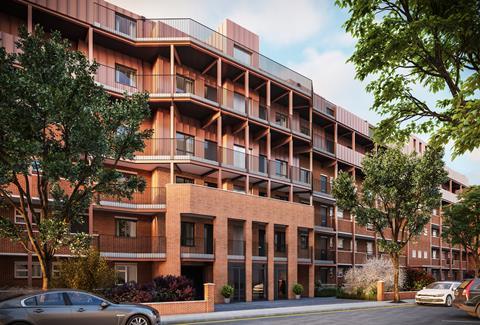Editor: While the concept of social distancing has stalled the majority of the country’s housebuilding projects, it has also raised the question of whether today’s new homes and developments can handle future pandemics.

The recent English Housing Survey revealed that overcrowding was getting worse before the lockdown. The number of overcrowded households grew 3.4% to 788,000 last year, driven mainly by the rental sector, which struggles to deal with a widespread lack of affordability.
Ultimately, homes are for people and if we are not fulfilling our social obligations then we are failing as an industry. Building faster isn’t enough; we need to go back to the drawing board and reassess current density measures.
We must take this time to look at masterplans and the specific design of affordable family homes and apartments to provide a better quality of life and to better combat future pandemics.
It would be overly simplistic to say we need larger homes, though. How are we utilising space? Are we incorporating suitable outdoor amenity space so they genuinely support those in isolation? Are we maximising ceiling heights and natural light?
We need to find an efficient way to deliver genuinely affordable housing across different housing types and tenures.
Airspace development is one practical solution. Many developments in our pipeline are on top of existing buildings where we see multigenerational families stuck under one roof and suffering from overcrowding, often as a result of an inability to access affordable housing.
Let’s take this housebuilding hiatus to reassess and futureproof the industry.
Arshad Bhatti, founder and chief executive, Apex Airspace





























No comments yet